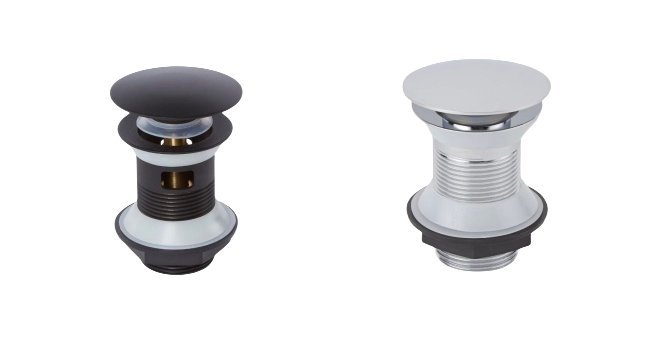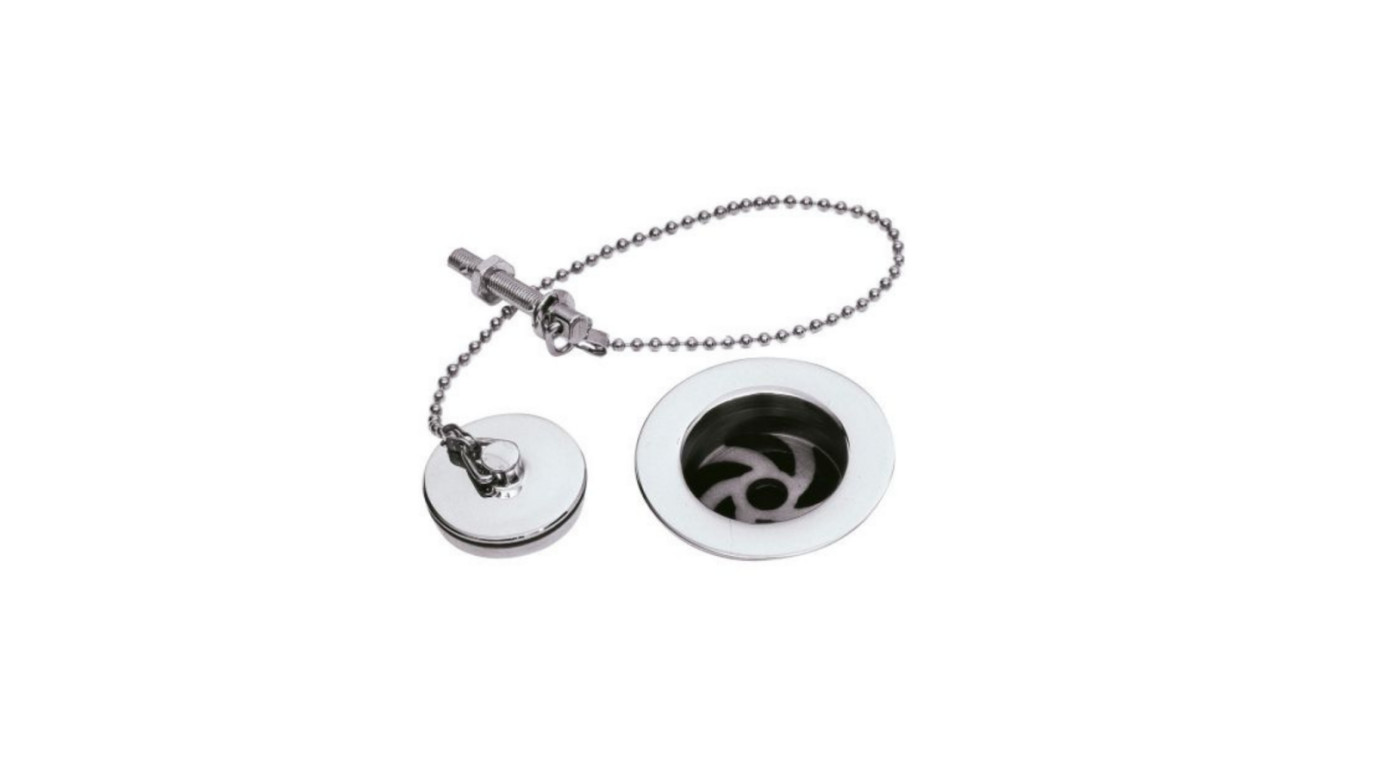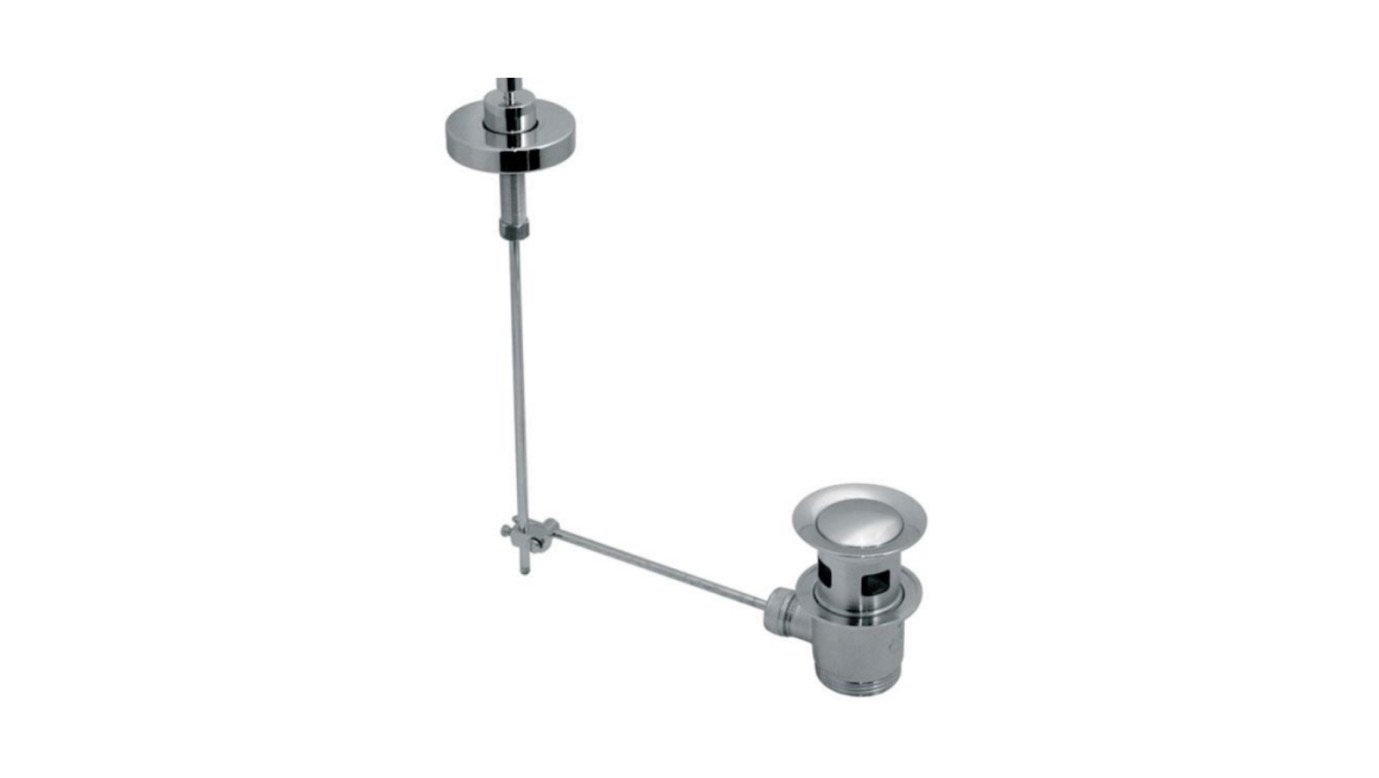What is the basin waste slotted drain?
The basin waste slotted is the most common waste used in the bathtub sink. It makes it easy to keep water in the bathtub when you take your bath. Nowadays, you cannot think of your modern bathtub without slotted basin waste. Commonly referred to simply as “slotted waste,” it is a specific type of drainage mechanism designed for bathroom basins and sinks. Its primary purpose is to facilitate water outflow while providing an integrated slot to accommodate any overflow. Here’s a more detailed explanation:

Basin Waste Slotted Drain Explained
- Design and Functionality: The slotted drain is specifically designed with additional gaps or “slots” along its edge. These slots allow excess water from the overflow to drain away, preventing potential water damage or flooding if the tap is accidentally left on or if the basin fills up too quickly.
- Purpose of Overflow: An overflow is a small hole or series of holes near the top of a basin or sink. It acts as a safety feature to prevent water from spilling over the edge of the basin if it fills up too much. The slotted design of the waste drain works in tandem with this overflow, ensuring that any excess water has a place to go.
- Compatibility: A basin waste slotted drain is typically used with basins that have an overflow feature. A non-slotted (or unslotted) basin waste would be more appropriate if a basin does not have an overflow.
- Types and Materials: Basin waste slotted drains come in various designs and finishes to match bathroom aesthetics. They can be made from brass, stainless steel, or plastic materials and might be plated with chrome or other finishes for added appeal. Common mechanisms for the waste drain include pop-up, push-button, or traditional plug-and-chain methods.
- Installation: Installing a basin waste slotted drain typically involves inserting the waste into the basin’s drain hole, ensuring the slots align with the overflow, and securing it beneath with a retaining nut. A watertight seal, often achieved using a rubber or silicone washer, is essential to prevent leaks.
A basin waste slotted drain is integral to many bathroom sinks, ensuring efficient drainage and preventing potential overflows. When choosing a basin waste, it’s essential to consider whether your basin has an overflow and select a slotted or non-slotted version accordingly.
Slotted Waste Drain Stopper Sizes and Dimensions
- Standard Sizes:
- For Bathroom Basins: The most common size for bathroom sink drains is 1 1/4 inches (approximately 32mm) in diameter. This is considered the universal size for the U.S. bathroom sinks.
- For Kitchen Sinks: These are usually larger, often 1 1/2 inches (approximately 38mm) in diameter.
- Types and Variations:
- Pop-Up Wastes: These can be adjusted in height. Typically, the adjustable height range is between 50mm to 100mm.
- Plug and Chain Wastes: These have a standard plug size that fits into the drain, but the chain length can vary, often around 300mm to 450mm.
- Click Clack (Push Button) Wastes: These have a standard fitting size, similar to the pop-up wastes, but the button’s diameter can vary slightly.
- Depth and Thread Length:
- The depth of the waste (how far it goes down into the basin) and the thread length (the threaded section that goes through the basin’s hole and secures underneath) can vary. Common depths range from 50mm to 85mm, while thread lengths can range from 40mm to 80mm.
- Overflow Slot Dimensions:
- The slots designed to channel overflow water are typically a few millimeters wide and can be arranged linearly, in a grid pattern, or other designs. The number and size of the slots can affect the rate at which overflow water is drained.
- Tailpiece Length and Diameter:
- The tailpiece is the part of the drain that connects to the trap and then leads to the home’s waste system. Common diameters align with the drain sizes (1 1/4″ for bathroom and 1 1/2″ for kitchens), and lengths can vary between 4 inches to 12 inches, depending on installation needs.
- Flange Size:
- The flange is the top visible part of the drain, which water flows through. Its diameter is usually larger than the drain hole to ensure a secure fit and proper sealing. Common diameters range from 50mm to 70mm.
When considering a slotted waste drain stopper for your basin, always check the specific product dimensions. Ensure they’re compatible with the basin’s drain hole size, depth, and overflow position. Not all basins and drain stoppers are the same, so it’s essential to ensure compatibility for a leak-free installation.
The different types of basin waste slotted Drains.
There are many types of basin waste slotted. Here, we discuss the most common waste used in the bathtub. We also discuss the installation and removal process, so please stay with us.
Plug and chain basin waste slotted drain
Plug and chain are the most common basin waste slotted in the bathtub. This type of waste uses a plug to input water in the bathtub. The plug is with a chain. When you need to use the plug, move it to the waste hole. After using the plug, you can keep it on the side of the bathtub. Plug and chain basin waste has an easy setup, but you can not use it in all the sinks. You will need to keep the chain; in most modern basins, you will not find the chainstay hole. So, you need to check it before buying.

How do you install a plug and chain basin waste slotted drain?
At first, you will need nose pliers and a plug with a chainset. You will find two small hooks on the chain’s bottom sides. Now is the time to get your nose pliers, twist the chain hook, and let’s adjust the chain with the waste plug. Then you need to remove the old plug and chain with the help of the pliers. The last thing you need to do is twist another bottom hook of the chain slightly and adjust it with the basin hook. Finally, You have done the work.
How do you remove a plug and chain basin waste slotted?
Removing a slotted plug and chain basin waste is not very difficult. You will need nose pliers first. Then, You should twist the chain hook to lose and remove it from the sink hook. Finally, you have done the work.
Click-clack bathtub basin waste Drain

Click-clack is the most popular bathtub basin waste. Its simple design makes it easy to use. When you need to open or close this type of bathtub waste, push down and find the result. Click-clack slotted waste is also called push-button waste or sprung plug.
How to install a click-clack bathtub basin waste?
To install a click-clack bathtub basin waste, you must put the spring parts on the strainer hole. Then, tighten it in the clockwise direction. The last thing you must do is screw the top part down until it shuts down. Finally, you have done the work.
How to remove a click-clack bathtub basin waste?
The removal process is easy for a click-clack bathtub basin waste. You will only need a pair of pliers for this. First, you must turn the upper cap in the anti-clockwise direction until it comes out. You will find the actual mechanism is fixed into there down. You can spray some WD-40 leader to get loose. The last thing you need to do is turn out the spring mechanism with the help of a pair of pliers. Finally, you have done the work.
Pop-up basin waste slotted Drain

Pop-up basin waste slotted is a waste that works with the help of a lever or bar. You will find that lever or bar on the backside of your basin. When you pull up the lever, the waste stopper will close; it will open when you push down the lever. Generally, these types of wastes with a basin tap.
How to install a pop-up slotted basin waste?
You will need tools like a flathead screwdriver, an adjustable spanner, and long-nose pliers to install a pop-up basin waste. First, screw the tails into the top, ensuring they are hand-tight. Then Screw in the two fixing rods. Then, fitting the waste, take the top section of the waste and input it into the basin hole. After that, connect the lower part of the waste. Then assemble the pop-up waste rods and metal bar. It is easier to install the rod and knob before inputting the tap into the basin to ensure the operation of the rod is correct. Input the tap,, ensuring the metal bar is in the middle of two copper pipes. Then, fit the sea plate washer and CE plate. Tighten the retaining nuts, then attach the tap. Fit the rod and knob through the basin tap. Spread the copper pipes to make easy access. Then, attach the connecting road and connect the clamp using a screwdriver. The last thing you need to do is connect the linkage and check the movement. Finally, you have done the work.
How to remove a slotted pop-up basin waste?
The removal process of a pop-up basin waste is easy. First, you must pop up the waste cap to hold it. Then pull it away; it might be stuck in the strainer hole. Finally, you have done the work.
Flip-top bathtub basin waste drain

The flip-top basin waste is a disc-shaped plug. You will find it inside the waste hole. You will need to rotate this bathtub waste when input or output water. This type of plug is nonremovable from the basin waste.
How to install a flip-top bathtub basin waste?
To install this type of waste, you must set the set screw in the threaded center of the bathtub. However, you should not set up this waste, because it will be tough to remove. Finally, you have done the work. The removal process of a flip-top basin waste is straightforward. You should use a pair of pliers to unscrew the waste. So, we do not describe it.
All the basin waste is available in both slotted and unslotted. To learn more about slotted and unslotted basin waste and which is good for you, please read our guide or contact us.

